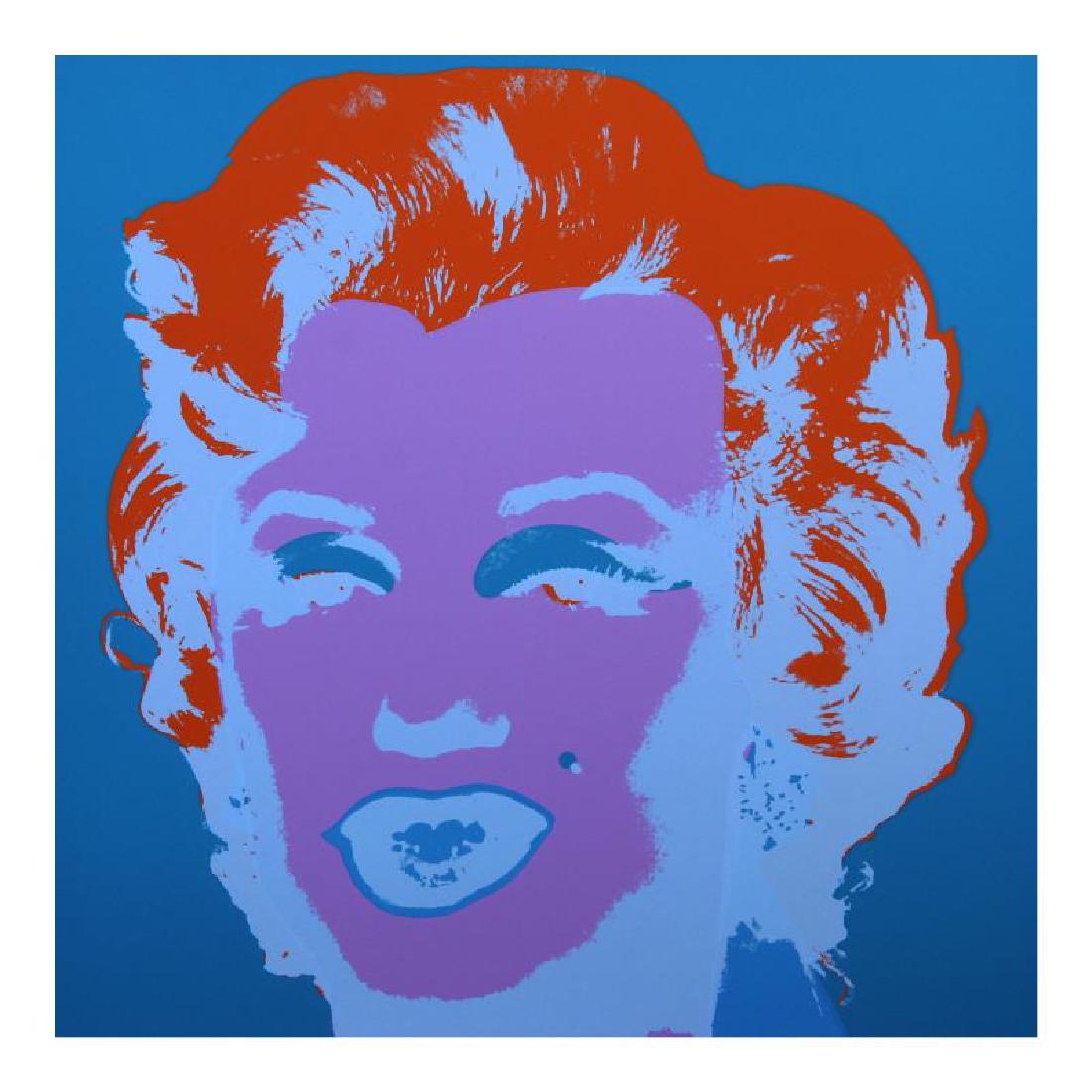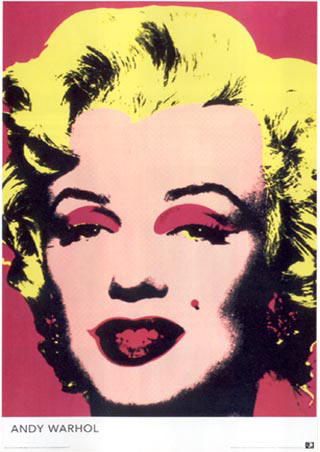

The authentication business, particularly in the case of Andy Warhol, is complicated and can be messy, but purchasing through a trusted site and building up your own knowledge will minimize the risk.Įven without the aid of an expert there are a few ways to spot whether a Warhol is real or not, based on both the aesthetic and physical qualities of the work. For fear of facing the same disdain and legal action as the board, many experts have preferred to not come forward as individuals, rather working as a group so as to minimize personal risk. Art Experts Website boast of having over 10 years worth of experience and will give a preliminary expert opinion in 48 hours for $150. There are a number of other scholarly experts who will provide you with an authentication service.

Defiantly he will even include works that were rejected by the Authentication Board-a final nail in their coffin. Late last year Polsky also announced that he is going to launch his very own (unauthorized) addition to the Warhol Catalogue Raisonné. He will even provide a letter explaining how he arrived at his decision-a softer blow to disappointed collectors than the board’s harsh and multilating red stamp. For prices starting from $1250 he will evaluate your work, using his vast knowledge and intuitive skills. Based on over 30 years’ involvement with Warhol’s art, he believes he has developed a sixth sense about what is authentic. Richard Polsky, art dealer and author of I Bought Andy Warhol and I Sold Andy Warhol (Too Soon), capitalized on this trend and launched “Polsky’s Andy Warhol Art Authentication Service” in 2015. In the absence of a sole authority, people began turning to independent experts and scholars with their Warhol’s. His piece, previously untitled, has become known as Double-Denied, a true testament to his and many other’s tyrannical experience of The Andy Warhol Authentication Board. But alas, it was denied again.įrustrated to be left with a worthless piece, Simon-Whelan started a lawsuit against the board, which would last over 4 years, cost over $7 million in legal fees and eventually contribute to the board’s disbanding in 2012. After collecting more documentation as to the work’s validity, including letters of support from Warhol’s Factory assistant Gerard Malanga and Factory photographer Billy Name, as well as an examination from Fred Hughes, he re-presented his work to the board. One of the highest profile cases in the board’s short history began in 2001, when American filmmaker Joe Simon-Whelan tried to get his 1964 Warhol Self-Portrait authenticated.

A piece would simply come back stamped with a red “denied” and was hence declared “not the work of Andy Warhol.”

“A” for “work of Andy Warhol,” “B” for “not the work of Andy Warhol,” and “C” for “not able at this time to form an opinion.” They never revealed the reason behind why they denied a work in fear that it would aid forgers. Shrouded in mystery, the six board members, who were based in New York’s Chelsea district, cast their final decision using either an A, B or C. While most of the great artists’ estates have their own panel of experts, none has been as feared, disdained and contested as Warhol’s. The Andy Warhol Authentication Board, set up in 1995 in association with the Foundation, aimed to become the sole authority on Warhol authenticity. However, and as many will know, there did exist a controversial alternative. Currently there exists only one sanctioned method of getting your work authenticated consulting the Foundation’s own Catalogue Raisonné. The Foundation estimates that there are over 100,000 limited editions in circulation and to retain their integrity must remain dedicated to ensuring that what people buy is not forged. It was set up by Fred Hughes, Warhol’s business manager and became the overseer of Warhol’s estate and reputation. The Andy Warhol Foundation, set up in 1987, just after the artist’s sudden death aims to preserve Warhol’s legacy. This radical approach challenged traditional conceptions of what art is, but also means that determining a genuine Warhol can be an incredibly complex task. The Pop Art icon, who wanted to paint like a machine, often distanced himself from the actual production of his works, leaving his printing to his assistants and merely signing the works. Swensonįew artists have been subject to as intricate and controversial debates over authenticity than Andy Warhol. “No one would know whether my picture was mine or somebody else’s.”Īndy Warhol in a 1963 interview with G.


 0 kommentar(er)
0 kommentar(er)
